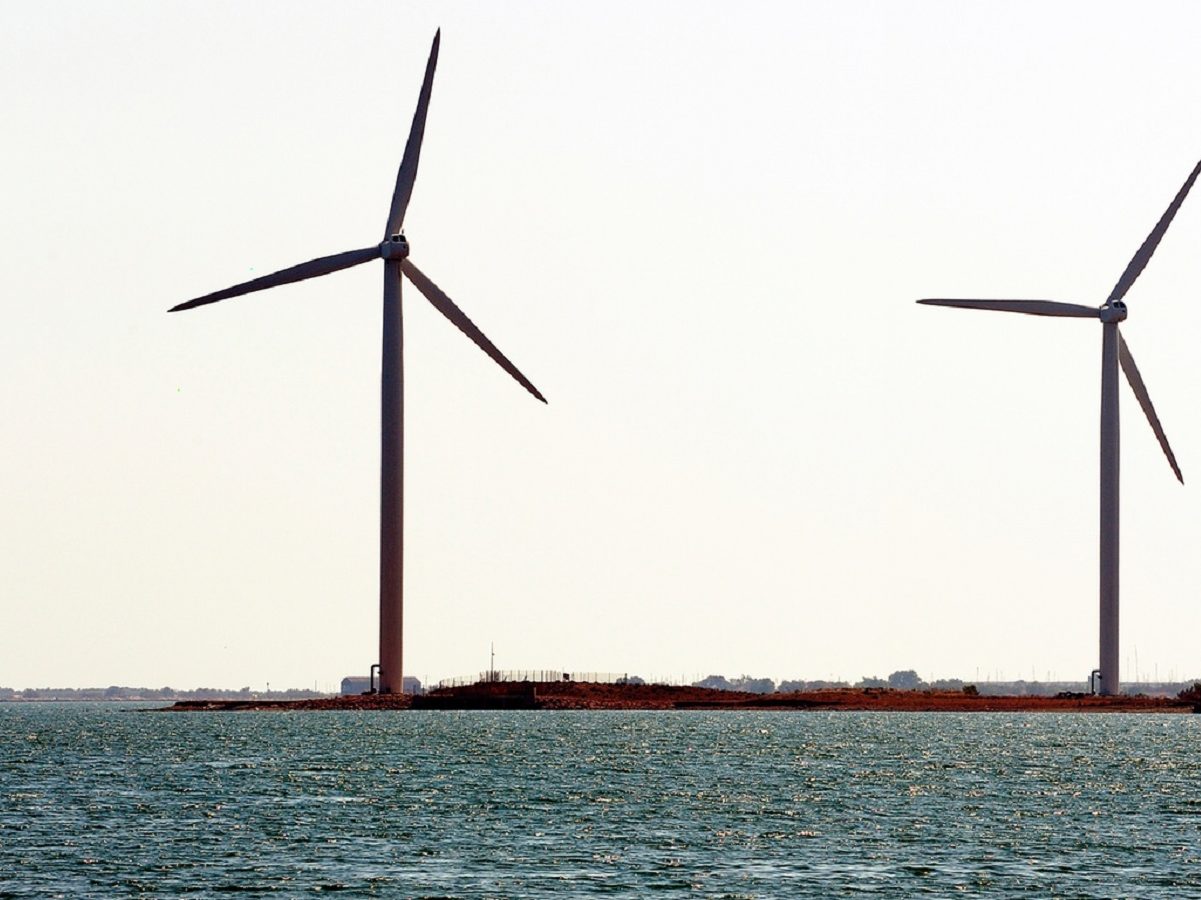
One of the world’s largest energy companies, ENGIE, is committed to being the world leader in the transition to a zero-carbon future. Achieving that goal led to a digital transformation of the business.
The digital transformation of the utilities industry is underway. In response to pressures on their business models and customer demands for personalized energy solutions, the industry is shifting to a new model centered on customer value and digital customer and employee experiences. In fact, the only higher priority for utility companies is improvement to the top and bottom lines, according to recent research from HFS, a UK-based analyst firm specializing in the impact of digital technologies on enterprise business operations. More than 75% of the companies surveyed are planning significant investment in 2020, saying they are investing in digital workplace technologies to stay relevant with both their customers and their employees.
As important a priority as going digital is to utilities, so is a commitment to net-zero carbon emissions by 2050 to address growing climate change concerns. In fact, most of the United States’ largest utility holding companies have announced plans to make deep cuts in their carbon emissions. This includes behemoth Duke Energy, which generates more electricity than any other U.S. company and last year announced its plan to get to net-zero carbon by 2050.
Combined with a move toward digital, companies that bake carbon reduction into their strategies will see significant business benefits, including: increased innovation, competitiveness, risk management, and growth – according to Harvard Business Review journalist Nigel Topping. Even so, many utilities are waiting decades to make major changes rather than starting a more ambitious phase-out more quickly, drawing criticism from analysts and environmentalists. “Many of the companies are not doing this fast enough,” said David Pomerantz, executive director of the Energy and Policy Institute.
French-based multinational electric utility company, ENGIE, is one company remaining true to its commitment. The company is building advanced technologies to leverage offshore wind, green gas, and geothermal energy sources with 50% new projects by 2021. Its “#BlackIsTheNewGreen” campaign launched in January 2020 embodies this mission internally by encouraging reductions in corporate energy consumption. Most significantly, Engie’s integrated “as-a-service” solutions, enabled by modern cloud-based, digital technology, empower energy reduction across its customer base.
Here’s how Engie is working to hit its goal of zero-carbon emissions through digital transformation.
Engie’s Green Mission
ENGIE is active in around in 70 countries, employs 150,000 people worldwide and achieved revenues of €66.6 billion in 2016. The same year, amid rising concerns about climate change, ENGIE committed itself to becoming the world leader in the transition to a zero-carbon future. As part of this transition, the company made the decision to shift from being a traditional utility company to a provider of low-carbon energy and services.
“ENGIE’s ambition is to become the partner of the Fortune 500 and the 50 largest cities on planet earth in their zero-carbon agenda,’” said ENGIE’s Chief Digital Officer, Yves Le Gélard.
ENGIE targeted three goals to achieve its ambition:
- Reduce the carbon footprint of its own business worldwide and that of its customers by helping them reduce their energy needs. To supply the remaining energy needs of its customers, Engie would focus on providing green energy – decarbonized, decentralized, sustainable energy and energy services.
- Build value for itself and its customers by delivering these energy services more efficiently and cost-effectively
- Foster growth among its customers and continuing success for itself by taking advantage of the new industries and innovations the shift to a decarbonized energy future will make possible
“To do all this,” continued Le Gélard, “we realized we needed to examine and change everything we do.” Over the course of the following year, ENGIE determined that a cloud-based strategy would best deliver on its ambition and its goals. The strategy would be designed to support global customers, governments, and companies in their zero-carbon roadmaps by delivering renewable energy and high, added-value solutions ‘as a service.’
This strategy committed ENGIE to the digital transformation of its business model and operations. One of the challenges was the need to digitally transform and reimagine the way it engages with its customers to build trusted, long-term relationships. “We realized we needed to focus on both the customer and employee experience,” added Emmanuel Fouché, ENGIE’s Chief Information Officer. “That goal would drive our overall digital transformation strategy.”
A Partnership Approach
To help with the next step of its strategy, design and implementation, ENGIE turned to Accenture, Salesforce and Vlocity for the digital expertise to help build the cloud-based architecture and business models needed to support its digital transformation. Salesforce would supply the global, unified CRM platform. Accenture would help define the business model, operational processes and IT architecture, as well as implement and deploy the technology globally. And, Vlocity would deliver omnichannel and utility-specific cloud and mobile solutions on the Salesforce platform.
It’s worth noting that initially, ENGIE was planning to develop its own industry-specific applications. “We wanted to do it ourselves,” said Marc Lallemand, ENGIE’s Global Chief Information Officer. But when the internal ENGIE developer teams learned more about the capabilities of the overall platform solution, with its pre-built industry-specific data models, processes and process libraries, “they came to us and said we need this,” Lallemand added. “We realized that we could deploy much faster than if we had to build them ourselves.”
The analysis by the ENGIE internal teams proved accurate. Working together with its partners, the team designed and built the global CRM platform and the needed applications within nine months.
In 2018, ENGIE began rolling out the new platform and services in two important markets, Belgium and France. The initial results have been very positive. ENGIE’s field representatives were up-and-running very quickly (atypical for large platform rollouts). Also, the company experienced a significant decrease in the average number of calls and call duration as a result of ENGIE’s new omnichannel capabilities. And given the intuitive nature of the new system and an embedded knowledge base, Engie improved agent productivity while also cutting training time in half – a significant benefit given ENGIE’s need to train more than 2,000 agents on the new platform. Fouché says the new platform “revolutionized ENGIE’s customer engagement layer.”
Business and Customer Benefits
ENGIE, its customers, and its employees are experiencing important benefits. Along with gaining a common, intelligent view of its commercial and residential customers across more than 70 countries, Engie now has a 360-degree customer view and the capability to provide personalized recommendations and collaborate with customers on defining new solutions. At the same time, the company is able to proactively manage customer relationships using by setting mutually agreed energy usage milestones and automatically triggered alerts when nearing those thresholds to reduce energy consumption over the next 50 years.
In addition, the company’s more than 100,000 employees in the field now have the tools to simplify the installation and maintenance of new solutions, while servicing customers with greater immediacy and transparency.
ENGIE expects to complete the global rollout of the new platform by the end of 2020. Its commitment to be the world leader in the transition to a zero-carbon future remains undaunted. “We have two essential tasks,” Le Gélard concluded. “Take care of the planet and take care of people. Decarbonized energy and digital technology are the lifeblood of ENGIE going forward.” With the digital transformation of its business, Engie now has the foundation to fulfill its world-changing ambition.
* This article was reposted from the original article on T&D World here.














